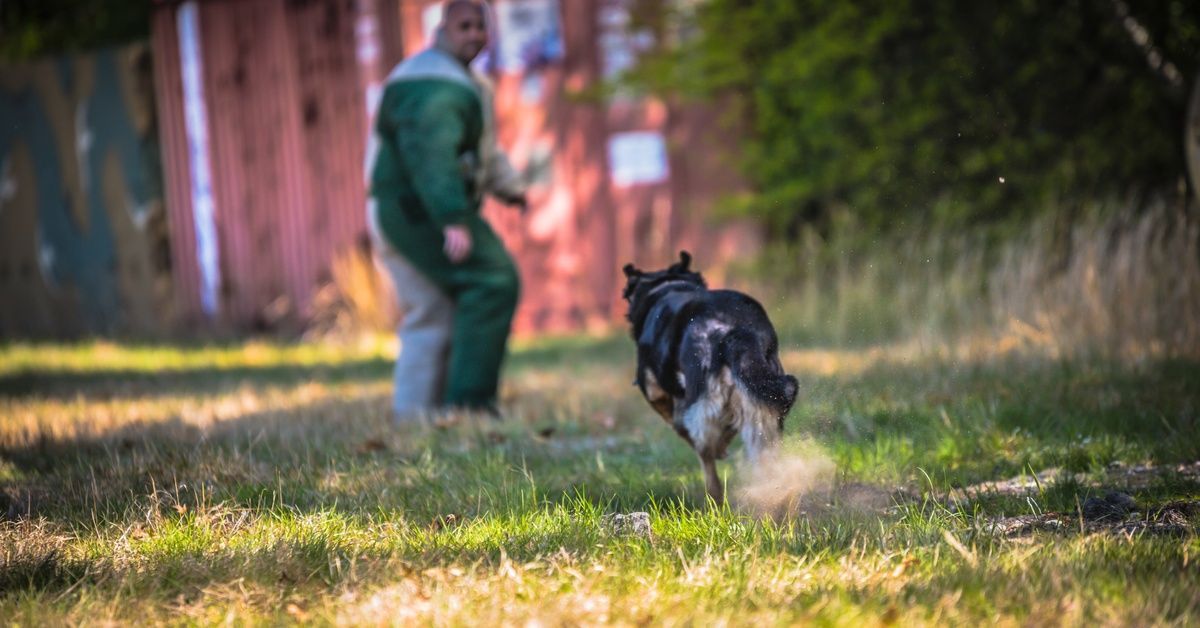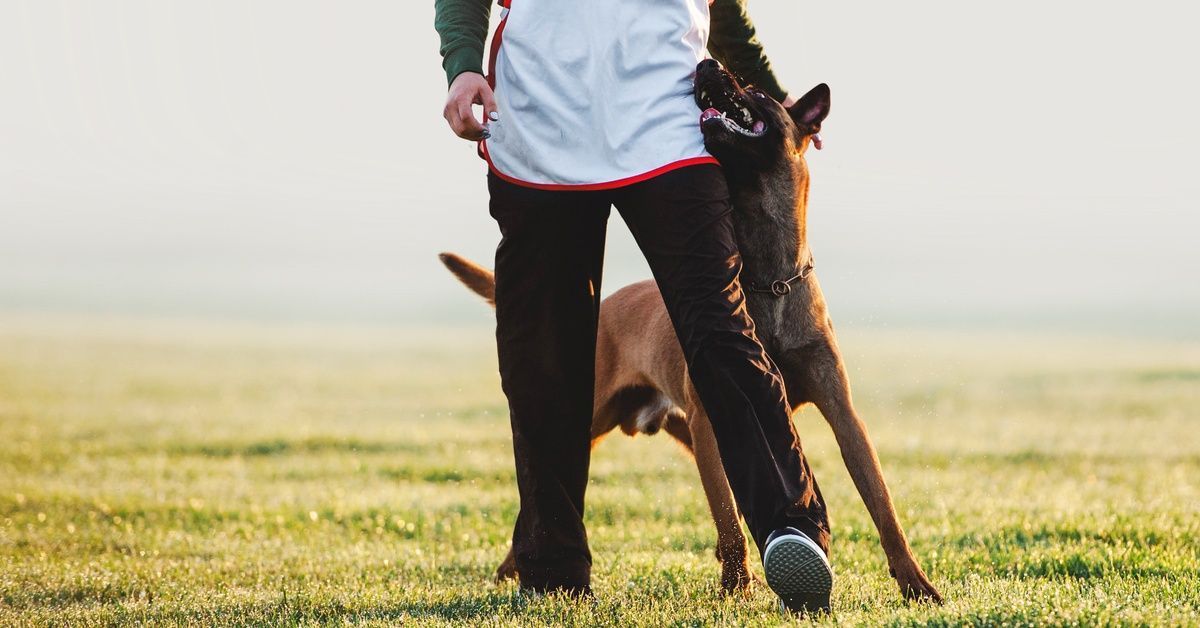The Role of Protection Dogs in Civilian Security
Personal safety has become a top priority for families, executives, and property owners across the country. Traditional security measures—alarms, cameras, and gates—provide valuable layers of defense, but they lack one critical element: a responsive guardian capable of responding to threats in real time. This is where the role of protection dogs in civilian security becomes clear.
Protection dogs offer a unique combination of deterrence, detection, and decisive action. They rapidly respond to threats, adapt to changing situations, and provide round-the-clock vigilance that technology alone cannot replicate. As concerns about break-ins, harassment, and personal safety continue to rise, more civilians are turning to professionally trained protection dogs as a reliable and effective security solution.
This blog explores what protection dogs are, how they differ from other working dogs, and the extensive K9 training process that transforms them into elite guardians.
What Is a Protection Dog?
A protection dog is a professionally trained canine specifically prepared to guard people and property. These dogs undergo rigorous training to assess threats, respond to commands, and take decisive action when necessary. They are not aggressive by nature. Instead, they are highly controlled, obedient, and capable of distinguishing between normal activity and genuine danger.
Effective protection dogs possess several key characteristics. Firstly, they demonstrate confidence without aggression, maintain calm composure under pressure, and exhibit strong loyalty to their handlers. They must also show high drive and focus during training exercises, allowing them to perform reliably in real-world scenarios.
Protection dogs differ significantly from guard dogs. Guard dogs are typically trained to patrol property and bark to alert owners of intruders. Protection dogs, however, have the training necessary to engage threats directly under handler control. They work closely with their handlers, respond to specific commands, and can operate in a variety of environments—from homes to executive settings.
Types of Protection Dogs
Family Protection Dogs
Family protection dogs are trained to integrate seamlessly into household environments. They provide security while maintaining a calm demeanor around guests.
Executive Protection Dogs
Executive protection dogs are designed for high-profile individuals who require discreet yet effective security. These dogs accompany executives during travel, public appearances, and daily routines. They remain calm in crowded environments while staying alert to potential threats.
Estate Protection Dogs
Estate protection dogs are deployed to secure large properties. They patrol grounds, detect intruders, and alert handlers to suspicious activity. These dogs are ideal for property owners who need comprehensive coverage across expansive areas.

The Training Process
Professional training is the foundation of every effective protection dog. The process is extensive, methodical, and tailored to meet the specific needs of civilian handlers. Southeast Elite Working Dogs begins training its specialized K9s as puppies and continues development until they reach full operational readiness.
Selecting a Dog for Training
Not every dog is suited for protection work. Trainers evaluate puppies for drive, temperament, and focus. Breeds such as Belgian Malinois and German Shepherds are commonly selected due to their intelligence, athleticism, and natural protective instincts.
Basic Obedience Training
Obedience training establishes the foundation for all advanced work. Dogs learn essential commands such as sit, stay, heel, and recall. They must respond consistently, even under distraction. This phase ensures handlers maintain full control in any situation.
Advanced Protection Training
Advanced protection training teaches dogs to identify threats, alert handlers, and engage when necessary. Dogs learn to apprehend on command and release immediately when instructed. They practice scenarios involving intruders, hostile individuals, and high-stress environments. Comprehensive distraction training ensures dogs remain focused and effective.
Building searches, tracking, and off-leash obedience are also incorporated. These skills enable dogs to operate independently while remaining aware of the handler and ready to respond to commands.
Ongoing Training and Maintenance
Protection dogs require continuous training to maintain sharpness. Handlers must regularly engage their dogs with scenario-based exercises, obedience drills, and socialization activities. This practice ensures dogs remain confident, controlled, and ready to respond.
Legal Considerations
Owning a protection dog comes with legal responsibilities. Laws vary by state and municipality, so handlers must understand local regulations regarding dog ownership, liability, and use of force.
Responsible ownership is critical. Handlers must prioritize training, socialization, and proper care to ensure their dogs operate safely and effectively within legal boundaries.
Benefits of Protection Dogs
Enhanced Security
Protection dogs provide a living security system capable of real-time threat assessment. They detect intruders before they breach property, respond instantly to danger, and act as a physical barrier between threats and their handlers.
Deterrence
The presence of a trained protection dog is a powerful deterrent. Potential intruders are far less likely to target a property or individual protected by a capable canine. The sight and sound of a confident, alert dog has the potential to stop threats before they escalate.
Peace of Mind
Civilians who have experienced unsettling events such as break-ins or harassment often struggle with lingering anxiety. A protection dog provides reassurance and a sense of safety, allowing individuals and families to regain confidence in their daily lives.
Emotional Support
Beyond their security role, protection dogs can offer companionship and emotional stability. The presence of a trained protection dog can provide comfort during stressful times. This dual role makes them invaluable in the civilian world.

The Loyal Guardians of Civilian Security
Protection dogs represent a proven, reliable, and dynamic approach to personal and property security. Their ability to assess threats, respond with precision, and provide unwavering loyalty makes them an essential component of modern civilian protection strategies. The role of protection dogs in civilian security extends beyond physical defense—they offer peace of mind and a deterrent presence that few security measures can match.
Advances in K9 training methods, combined with the proven effectiveness of working security dogs, ensure these loyal guardians will remain at the forefront of civilian security for years to come. Whether protecting families, executives, or estates, protection dogs deliver unmatched readiness, control, and commitment.
Those considering a protection dog should seek reputable trainers who prioritize comprehensive K9 training, handler education, and real-world scenario preparation. With proper training and responsible ownership, a protection dog becomes more than a security asset—it becomes a trusted partner in safeguarding what matters most.
If you’re ready to explore the benefits of a professionally trained protection dog, connect with Southeast Elite Working Dogs today to find the ideal working dog for your security needs. We are ready to help you take the next step in securing your peace of mind.
